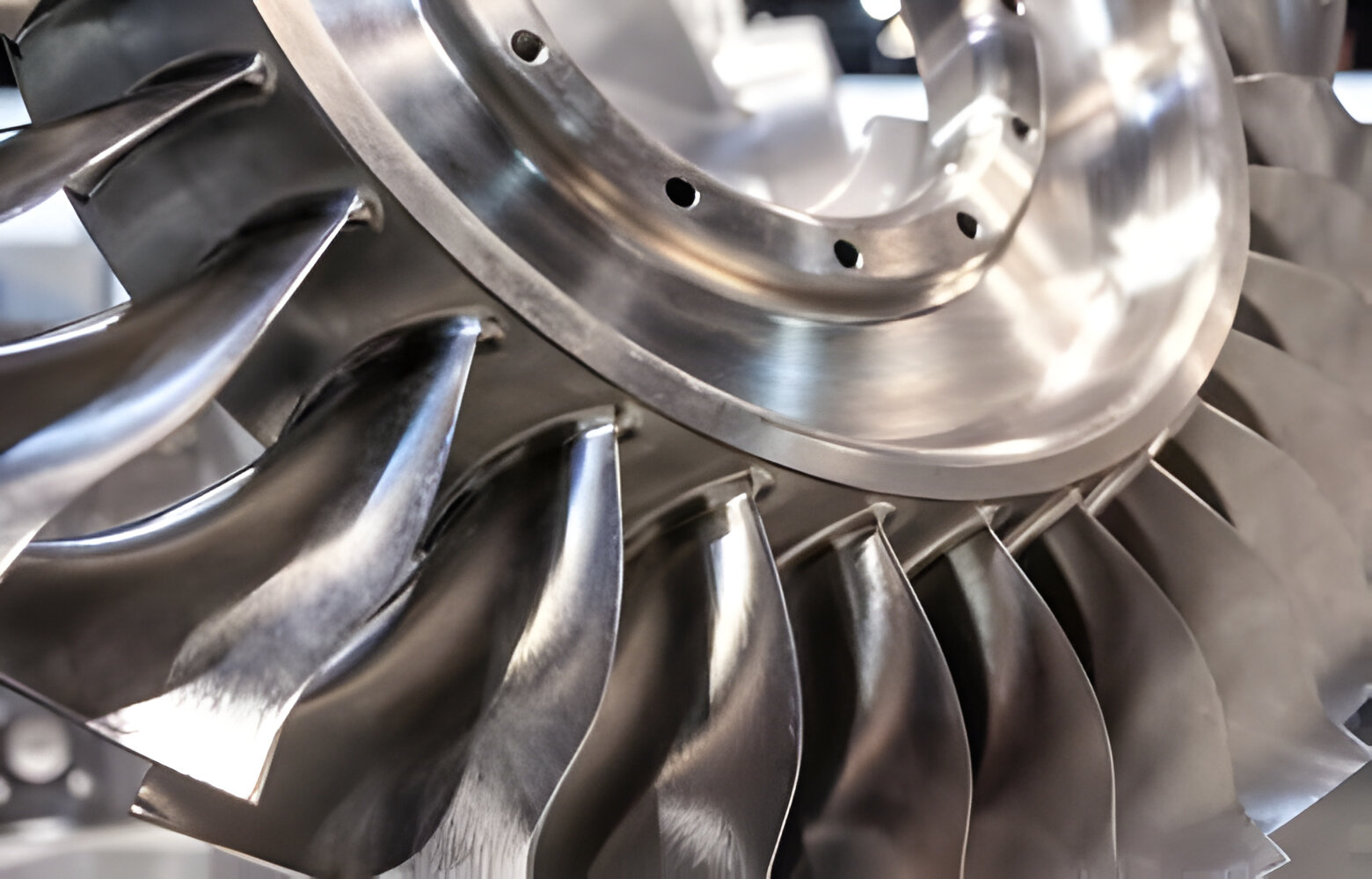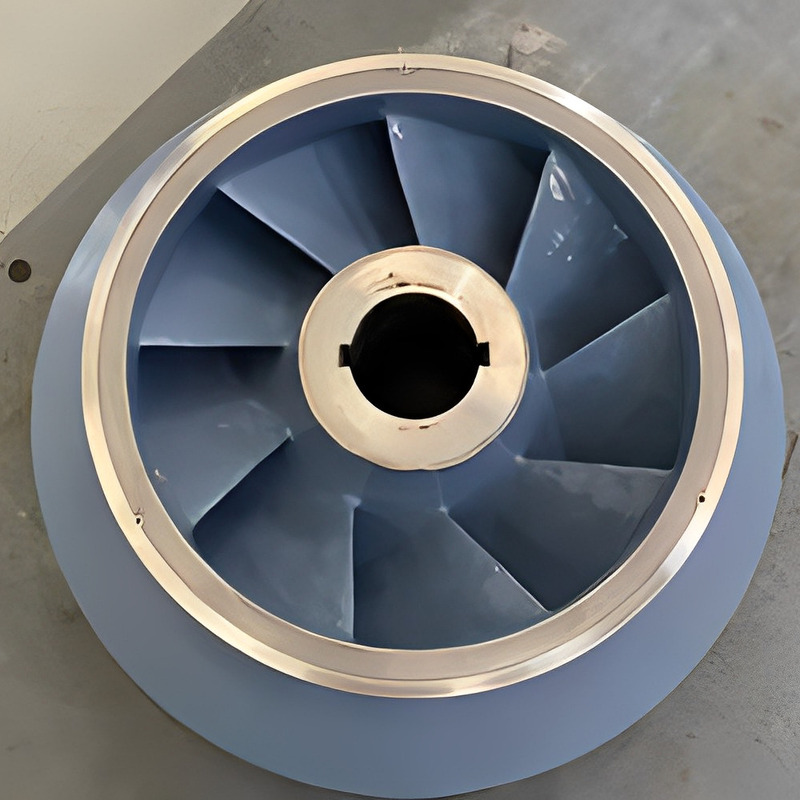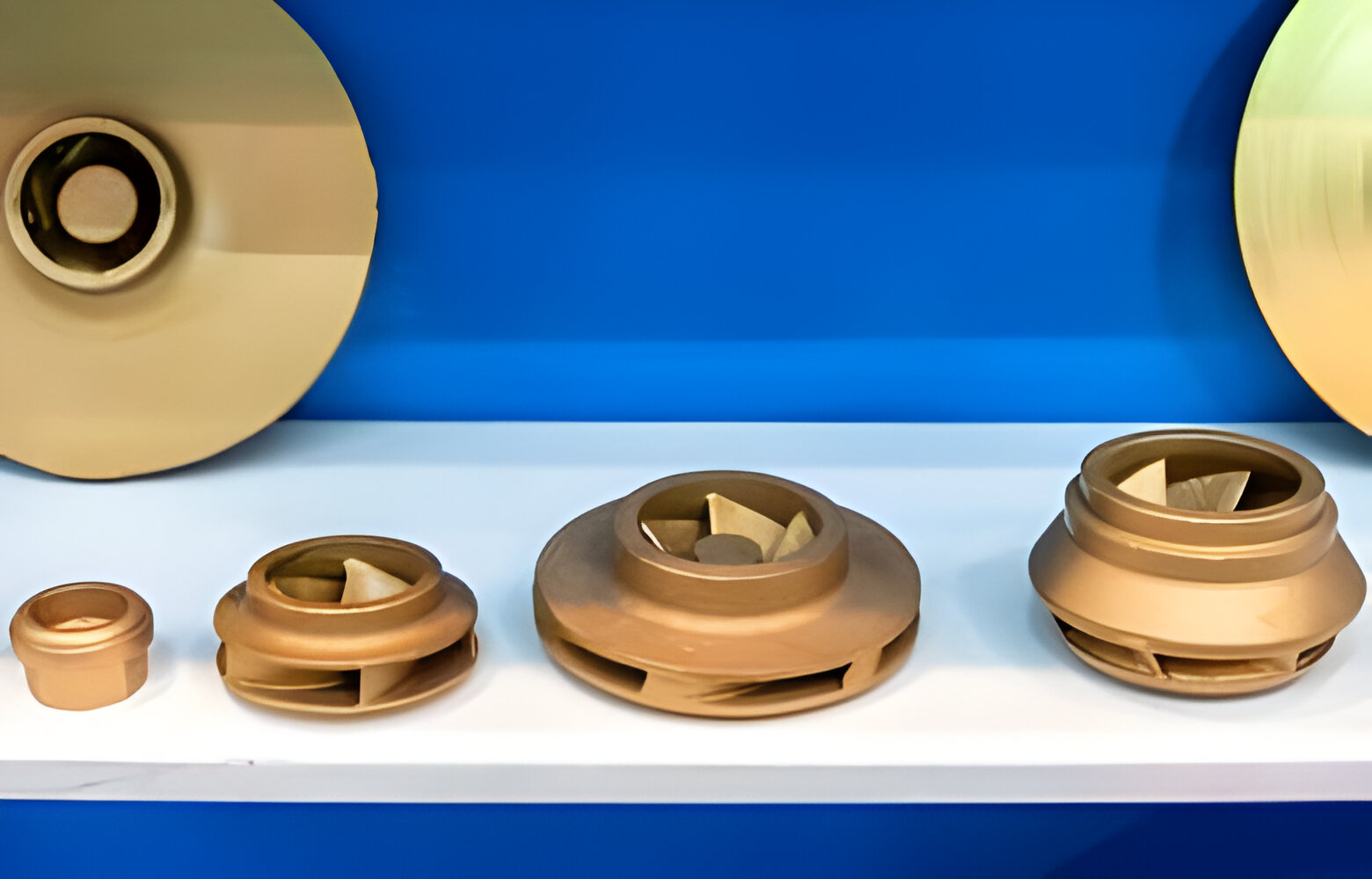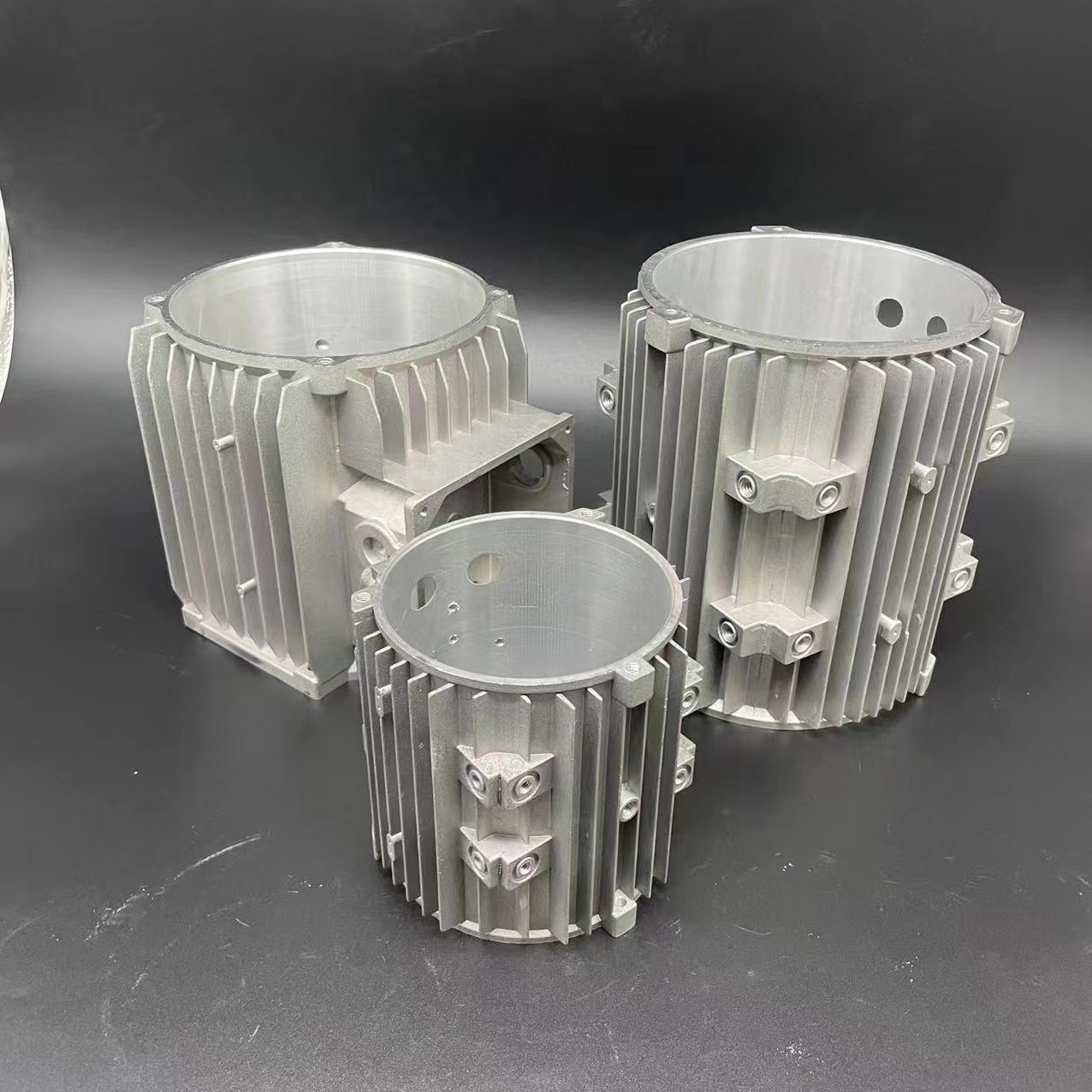The manufacturing of pump impellers is a sophisticated process that combines engineering expertise with advanced metallurgical techniques to produce components crucial for the efficient operation of pumps in various industries. This article explores the detailed process of impeller casting, highlights the range of products offered by leading manufacturers, and discusses the practical applications of these essential components.
Understanding Pump Impellers and Their Manufacturing
Pump impellers are the heart of a pump system, responsible for transferring energy from the motor to the fluid being pumped. They achieve this through the conversion of rotational kinetic energy into hydrodynamic energy. The design and manufacture of these impellers greatly influence the efficiency and performance of a pump. The most common materials used for impeller manufacturing are metals, particularly cast iron, due to its durability and cost-effectiveness.
The Casting Process of Pump Impellers
The process of making pump impellers involves several steps, primarily focusing on impeller casting. Here's a simplified overview:
- Design and Mold Creation: The first step is the design of the impeller based on the specific requirements of the pump, including its size, shape, and fluid dynamic properties. Computer-aided design (CAD) software is extensively used to achieve precise dimensions and optimal fluid flow characteristics. Once the design is finalized, a mold is created, usually from sand or a similar material, which forms the negative of the impeller's shape.
- Melting and Pouring: Cast iron or other metals are melted in a furnace at high temperatures. The molten metal is then carefully poured into the mold, filling the cavity that shapes the impeller.
- Cooling and Solidification: After the metal is poured, it is allowed to cool and solidify within the mold. This step is crucial as the rate of cooling can affect the strength and surface finish of the impeller.
- Removal and Finishing: Once the metal has solidified, the impeller casting is removed from the mold. It undergoes various finishing processes, such as grinding and polishing, to meet the precise specifications and ensure smooth operation.
Leading Impeller Casting Manufacturers
KT Foundry, one of the prominent impeller casting manufacturers, offers a wide range of pump impellers designed to meet diverse operational demands. Our products include water pump impellers and cast iron pump impellers, which are renowned for their durability and efficiency. Each product is engineered to provide optimal performance in specific applications, whether in wastewater management, chemical processing, or heating and cooling systems.
Practical Applications of Cast Impellers
Pump impellers manufactured through the casting process find applications in numerous fields. For instance, water pump impellers are integral to the operation of cooling systems in automotive and industrial settings. Similarly, cast iron pump impellers are typically used in mining and agriculture for large-scale water movement.
Why Choose KT Foundry for Your Impeller Needs?
At KT Foundry, we pride ourselves on our expertise in impeller casting, backed by state-of-the-art technology and a deep understanding of fluid dynamics. Our commitment to quality and customer satisfaction ensures that our impellers not only meet but exceed industry standards.
Encouraging Customer Engagement
For more information on our range of impellers and to discuss how our products can benefit your specific applications, visit our website at kt-foundry. Our team of experts is ready to assist you in selecting the perfect impeller for your needs, ensuring enhanced performance and efficiency of your pump systems.






